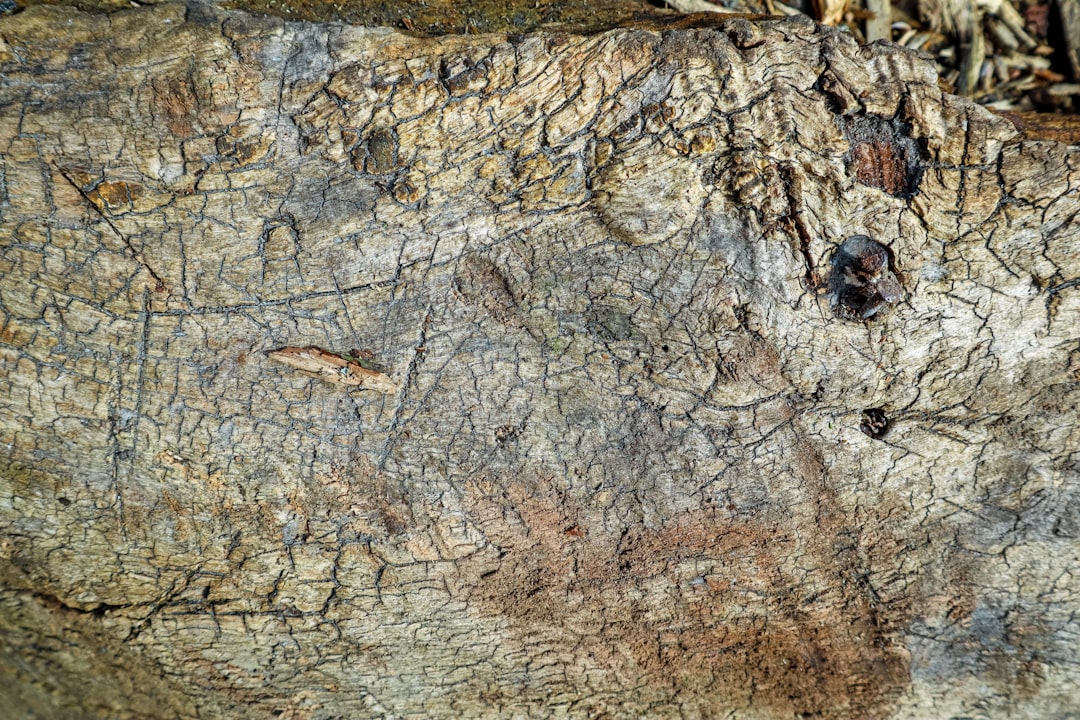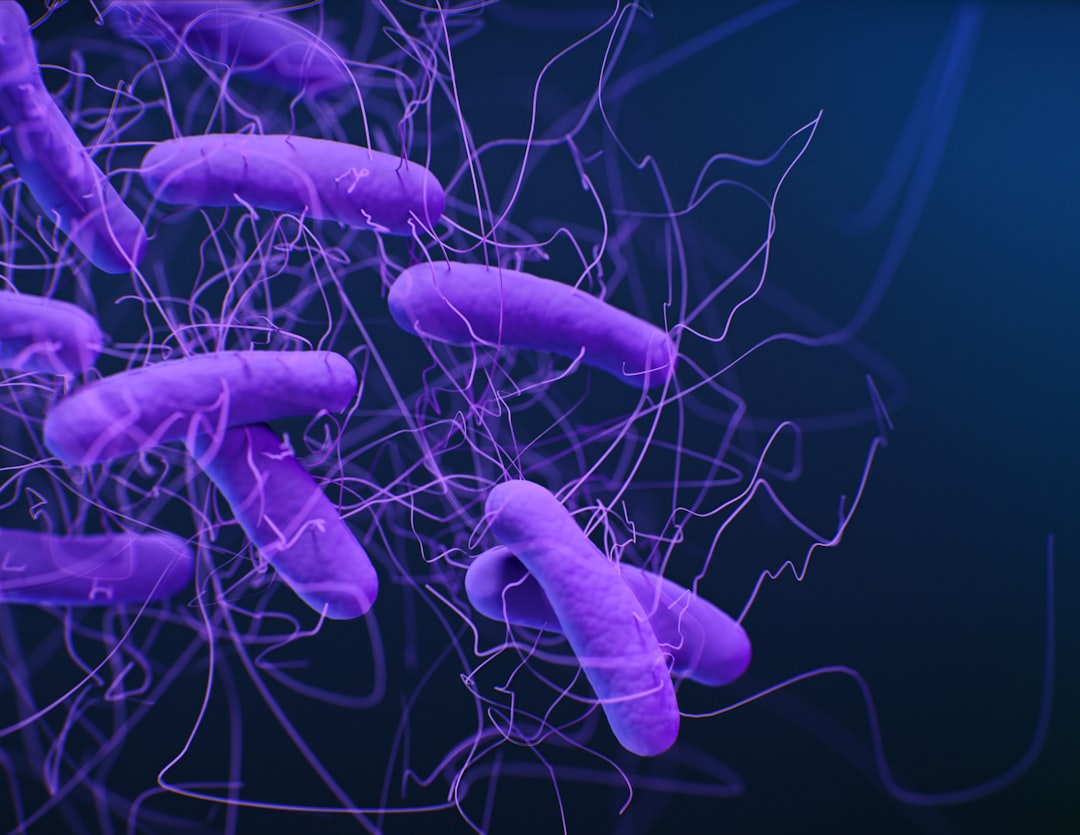In the realm of climate science, groundbreaking discoveries often arise from the most unexpected sources. One such source is the feces of penguins inhabiting the harsh, icy landscapes of Antarctica. Recent research has begun to unravel how these seemingly insignificant droppings may play a vital role in preserving the delicate climate balance of the Antarctic region.
Penguin populations in Antarctica, particularly species like the Emperor and Adélie penguins, are a central feature of the continent’s unique ecosystem. These black-and-white birds, resilient in the face of one of the planet’s most extreme climates, produce significant amounts of guano – a substance rich in nutrients like nitrogen and phosphorus. Traditionally, this guano has been seen merely as a byproduct of the penguins’ life cycles, but its impact on the Antarctic environment might be much more profound.
### The Role of Penguin Guano
Penguin guano contributes to the nutrient cycles that support various forms of life, from microscopic bacteria to marine algae. These nutrients are crucial for the growth of phytoplankton, which forms the base of the marine food web. Phytoplankton absorbs carbon dioxide during photosynthesis and releases oxygen, playing a role in carbon cycling and helping to mitigate the effects of climate change.
The accumulation of guano also assists in the creation of small-scale habitats known as guano oases. These nutrient-rich patches can harbor diverse life forms, which may contribute to the stability and resilience of the eco-region. Surprisingly, these oases may support invertebrate, bacteria, and other life forms that are crucial in breaking down nutrients, facilitating further growth and contributing to the biogeochemical processes that underpin Antarctic ecosystems.
### Impact on Climate Preservation
Beyond contributing to marine ecosystems, penguin guano impacts ice and soil properties in Antarctica. When guano accumulates and is buried by snow, it can enter long-term storage in the permafrost, effectively sequestering carbon temporarily. As global temperatures rise, understanding how this sequestration process works can provide insights into mitigating some of the impacts of climate change.
Moreover, these processes can prevent snow and ice from becoming too compact by retaining insulation properties, which in turn affects albedo – a measure of how much sunlight the ice and snow surfaces reflect. Maintaining a high albedo level is crucial as it influences the local and global climate by regulating temperatures. Areas with high guano concentrations may maintain higher reflective properties, thereby contributing to cooling effects.
### Future Directions for Research
This new understanding opens up avenues for further research. Scientists could study how changing penguin populations, perhaps driven by climate change or human activity, affect nutrient cycles and albedo. Satellite imaging could also monitor guano distribution and its broader impact on the Antarctic climate. Additionally, further study into microbial processes in these guano-rich environments could reveal new data on nutrient transformation and carbon sequestration.
While the effects of penguin guano alone will not suffice to reverse climate change, recognizing its contribution underscores the importance of preserving Antarctic ecosystems. Protecting these environments allows us to harness natural processes that help regulate our planet’s climate.
### Conclusion
The simple act of penguins “pooping” has unexpectedly significant environmental benefits. This novel research illustrates the broader ecological interconnectivity and the importance of every element, however small or overlooked it may seem, in understanding and preserving our planet’s climate. As the challenges of climate change grow more pressing, even unconventional and surprising sources of insight, like penguin guano, become invaluable.
Insight Report
Penguin poop
















Leave a Reply